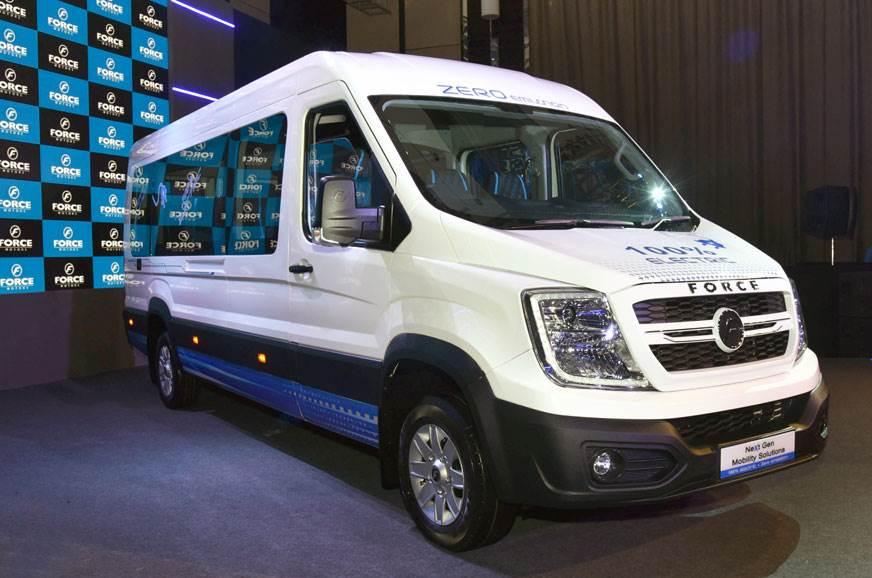In the world of military aviation, the race to develop cutting-edge fighter jets is always on. With the exorbitant cost of the F-35 Joint Strike Fighter causing concern among defense officials, the question on everyone’s mind is: can the Air Force create a next-generation fighter that is both advanced and affordable? As the aviation industry continues to push the boundaries of technology and innovation, the answer remains uncertain. Join us as we delve into the complexities of developing a cost-effective successor to the F-35 and explore the challenges and opportunities that lie ahead for the Air Force.
Cost-saving strategies for developing a next-gen fighter jet
Developing a next-gen fighter jet is no small feat, but there are ways to make it more cost-effective than the F-35. One strategy is to carefully evaluate the design and features of the new jet to ensure that only essential components are included. By focusing on the most critical aspects of the aircraft, unnecessary costs can be avoided.
Another cost-saving strategy is to utilize advanced manufacturing techniques, such as 3D printing, to reduce production costs. This can help streamline the manufacturing process and eliminate waste, ultimately leading to a more affordable next-gen fighter jet. By implementing these strategies, the Air Force has the potential to create a cutting-edge aircraft that surpasses the F-35 in performance while remaining within budget.
Challenges in reducing the production cost of military aircraft
One of the biggest is the high cost of advanced technology and materials. Cutting-edge technologies such as stealth capabilities, advanced avionics, and powerful engines come at a steep price. Finding ways to incorporate these features while keeping costs down is a daunting task for defense contractors.
Additionally, the complexity of modern military aircraft requires highly skilled labor and specialized facilities, both of which contribute to the overall production cost. Streamlining the manufacturing process, improving supply chain efficiency, and reducing waste are all ways in which the Air Force can work towards making its next-gen fighter jet more cost-effective. It will be a delicate balance between innovation and cost-cutting, but with careful planning and strategic decision-making, it is possible to create a more affordable alternative to the F-35.
Comparison between the F-35 and potential cost-effective alternatives
The F-35 has long been the centerpiece of the Air Force’s next-gen fighter jet program, but with its high price tag, the search is on for potential cost-effective alternatives that can still meet the military’s needs. One such alternative could be the F-15EX, a modernized version of the classic F-15 fighter jet. The F-15EX offers advanced capabilities such as a large weapons capacity and long-range sensors, all while coming in at a lower cost than the F-35. Additionally, the Air Force is exploring the idea of developing a new, clean-sheet fighter design specifically tailored to meet their requirements, which could potentially result in a more cost-effective option compared to the F-35.
When comparing the F-35 to potential alternatives, several factors come into play. One key consideration is the overall lifecycle cost of the aircraft, including maintenance, upgrades, and sustainment. Another factor is the operational capabilities of the aircraft, such as stealth, range, and payload capacity. By carefully weighing these factors and exploring different options, the Air Force has the opportunity to develop a next-gen fighter jet that not only meets their operational needs but also does so in a cost-effective manner, potentially surpassing the F-35 in both performance and affordability.
Key areas for innovation to drive down expenses in fighter jet development
One key area for innovation in driving down expenses in fighter jet development is the utilization of advanced materials. By incorporating lightweight and durable materials such as carbon fiber composites, the Air Force can reduce the overall weight of the aircraft, leading to lower fuel costs and increased performance. Additionally, these materials can increase the longevity of the aircraft, reducing maintenance and replacement costs over time.
Another important area for innovation is the implementation of cutting-edge technology in the design and manufacturing process. By utilizing 3D printing technology, for example, the Air Force can significantly reduce production time and costs. This streamlined manufacturing process can also allow for more customization and flexibility in the design of the aircraft, ultimately leading to a more cost-effective end product. Embracing automation and machine learning in the development process can also help optimize efficiency and reduce human error.
Key Takeaways
As the Air Force continues to explore options for a next-generation fighter jet, the challenge of creating a more cost-effective aircraft than the F-35 remains a formidable task. With advancements in technology and changes in procurement strategies, there is hope that a solution can be found. Only time will tell if the Air Force can successfully develop a fighter jet that meets the demands of the future while also being more affordable than its predecessor. The journey towards a more budget-friendly next-gen fighter jet is sure to be an interesting one, with many twists and turns along the way. Stay tuned for the latest updates on this evolutionary process in the world of military aviation.

